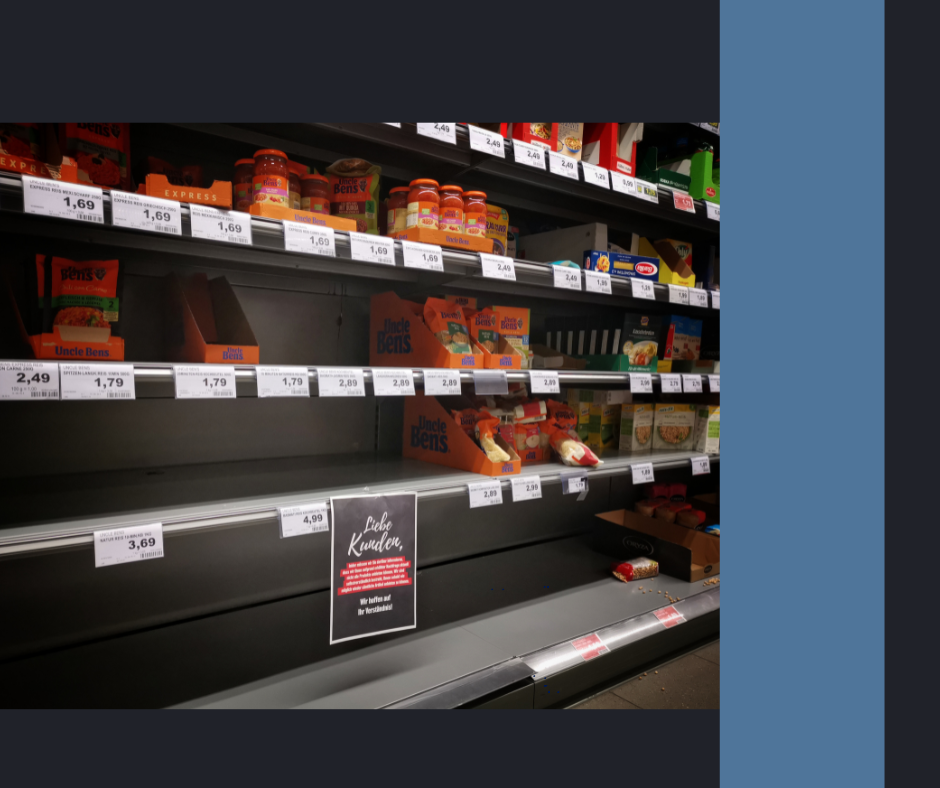
How to Avoid Panic Buying and Build a Smart Emergency Stockpile
Share
Remember the empty shelves of 2020? The toilet paper shortages, skyrocketing prices, and general chaos? Panic buying leads to wasted money, food shortages, and unnecessary stress—but with a little planning, you can avoid it altogether.
Being prepared isn’t the same as hoarding. The goal is to have what you need before a crisis, not to grab everything in sight when disaster strikes. Here’s how to build a smart emergency stockpile without panic buying.
1. Build Your Stockpile Slowly
Instead of rushing to the store and grabbing everything at once, add a few extra items to your cart each trip. This keeps stores stocked for everyone and helps you gradually build a solid supply without breaking your budget.
Smart Strategy:
- Buy one or two extra cans of food each time you shop.
- Pick up an extra pack of toilet paper before you run out.
- Watch for sales and stock up only on what you’ll actually use.
2. Rotate Your Supplies
Panic buyers often end up with expired food they never use. Avoid waste by using what you store and storing what you use.
How to Rotate Stock:
- Use the FIFO method (First In, First Out)—older items get used first.
- Keep an inventory so you know what you have and when it expires.
- Plan meals using your emergency food so nothing goes to waste.
3. Have a Plan for What You Need
In a crisis, you don’t need 50 cans of creamed corn if your family won’t eat them. Stock up on foods your household actually eats and supplies you truly need.
Essential Items to Store:
✅ Shelf-stable foods (rice, beans, canned meats, pasta, etc.). Learn more about food storage here.
✅ Cooking essentials (oil, salt, spices)
✅ Hygiene products (toilet paper, soap, toothpaste)
✅ First aid supplies
✅ Water storage (at least one gallon per person per day, more is recommended). Learn more about water prep here.
4. Stay Calm—Supply Chains Recover
Shortages are often temporary. Buying up everything in sight makes things worse for everyone. When you’re prepared ahead of time, you don’t need to panic when stores run low.
Stay Level-Headed By:
- Keeping at least two weeks’ worth of essentials at home. 3 months - 1 year is better.
- Shopping normally, even when news reports warn of shortages.
- Avoiding social media hysteria—panic spreads faster than real crises!
Preparedness, Not Panic
The key to avoiding panic buying is preparing in advance. When you plan ahead and build a stockpile gradually, you’ll have peace of mind without emptying your wallet or your local grocery store.
No fuss. No fluff. No fear.
Other Articles of Interest
How to Financially Prepare for Emergencies Without Going Broke
How to Make Bread Without Yeast
